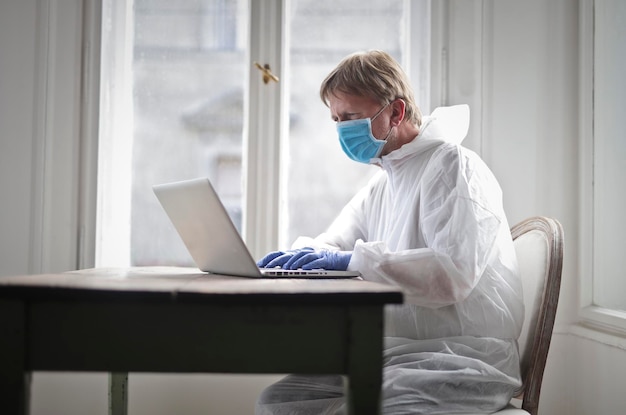
The increased use of at-home COVID tests might lead to cases going unreported, which can make it harder for scientists to predict COVID outbreaks. However, there are databases that help track the number of people who have COVID and how the infection rates change over time.
You can report a positive result from an at-home COVID test to the National Institutes of Health’s Make My Test Count initiative. Between January and May 2022, about 70 million households in the U.S. received free at-home COVID tests from the government. A survey found that around 40 million of those households used at least one test. Since then, more options have become available, including ordering free tests or purchasing them online and in stores.
Self-reporting COVID cases can help scientists understand infection trends, guide vaccine development, and prepare the public for safety measures when COVID spikes occur. It’s hard to know the exact number of COVID cases at any given time, but tools are available to monitor trends, identify variants, and keep people informed. To get an updated estimate of COVID infections, several methods can be used.
Since the pandemic began in 2019, COVID cases have risen and fallen at different times. Various factors contribute to these patterns. With daily case numbers often being undercounted in the U.S., it’s crucial for health officials and citizens to monitor hospitalization and death rates for early signs of a surge. Keeping an eye on these metrics is essential for managing healthcare resources.
If you take an at-home COVID test, you can report your results to the NIH’s Make My Test Count initiative. Reporting even negative results helps public health teams understand if other similar illnesses are spreading in certain areas. However, there are challenges. While self-reported results provide valuable data about community spread, there are concerns about inaccuracies due to self-testing errors or issues with test storage.
Despite methods to detect surges, unreported cases can create challenges for local health departments trying to grasp transmission dynamics. This lack of complete data could affect the implementation of necessary policies and precautions. Although unreported cases might impact previous work policies such as remote work options and additional sick leave, Dr. Loafman believes policy changes will likely be driven by hospitalization and death rates rather than raw case data.
Preventative measures are available to reduce the risk of catching COVID or to manage symptoms if infected. Following vaccine guidelines and maintaining good hygiene practices are recommended to help prevent COVID spread.
This information reflects the understanding at the time of writing. Given the ongoing developments in the COVID-19 situation, some information may have changed. It is advised to keep up with the latest updates and guidelines from the CDC, WHO, and local health authorities for your community.

